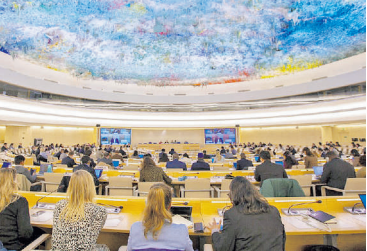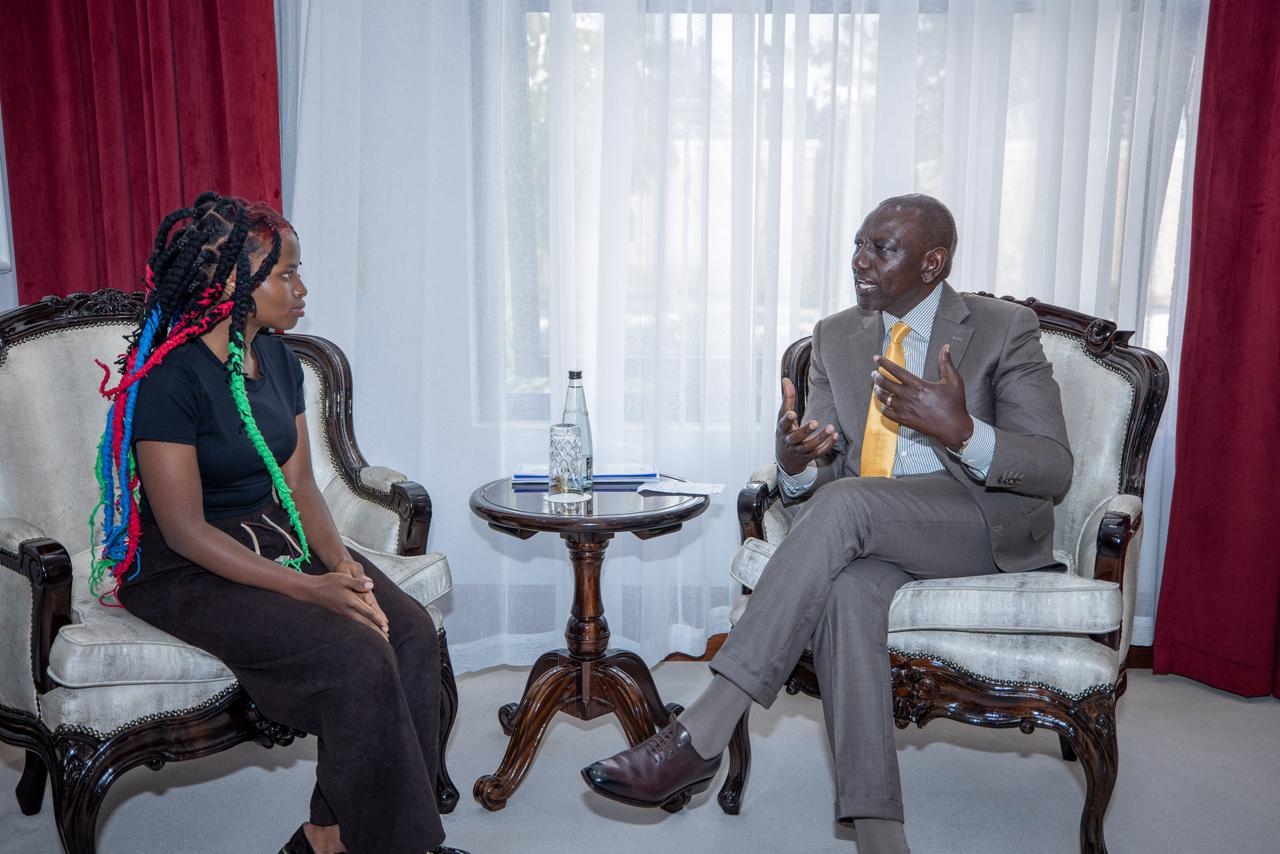

Developing countries, among them Kenya, are increasingly forced to choose debt repayments over development,
with 3.4 billion people living
in nations whose debt servicing bill is more than key sectors of health or education.
The UN Conference on Trade and Development (UNCTAD) made the revelation during the recently concluded Fourth International Conference on Financing for Development in Sevilla, Spain, where it urged development partners and governments to prioritise public debt vulnerability as a top concern.
“Public debt can be a powerful tool for development. Governments use it to invest in their people and economies – and pave the way to a better future. But when debt grows too large or becomes too costly, it turns into a burden. That is the current reality for much of the developing world,’’ the UN trade agency said.
The UN agency mentioned Kenya among half of developing nations spending at least 6.5 per cent of export revenues to service external public debt.
In the financial year ending June 30, 2025, Kenya spent Sh1.85 trillion on debt servicing, constituting debt redemption at Sh843.4 billion and interest payment at Sh1.1 trillion. This financial year, the government has earmarked Sh1.1 trillion to pay interest on debt.
This is way below the Sh702.7 billion allocated for education and Sh139 billion planned for health in the current financial year.
The country's public debt currently stands at Sh11.4 trillion, with domestic loans leading at Sh6.1 trillion while external loans were at Sh5.3 trillion in March.
To turn public debt from a burden into a tool for development, the organisation calls for fairer mechanisms to lower borrowing costs, enable timely debt restructuring and go beyond the limits of the current G20 Common Framework for Debt Treatment.
It
also supports calls in the Sevilla Commitment to triple the lending capacity of
multilateral development banks – from $50 billion to $150 billion – and helps
developing countries boost investment.
The report flags stark contrasts among developing regions,
with Asia and Oceania holding 24% of global public debt, followed by Latin
America and the Caribbean (5%), and Africa (2%).
UNCTAD says that systemic inequalities in international financial systems are making things even more challenging.
Since 2020, developing regions have been borrowing at rates two to four times higher than the United States, for example.
In 2023, developing countries paid $487 billion to lenders abroad. Half of these economies spent at least 6.5 per cent of their export earnings to repay external public debt.
Those countries paid $25 billion more to creditors than they
received in fresh debt disbursements, leading to an overall net debt outflow
for years in a row.
This negative trend is worsening, the report warns, as high interest rates, low global growth and rising uncertainty continue to strain public finances and make it harder to sustainably manage debt.
In 2024, developing nations paid $921 billion in net interest on public debt, up 10% from the previous year.
A record 61 developing economies spent at least 10 per cent of their government revenues on interest payments, leaving less for critical areas like health, education and climate action.
According to the report, this dynamic is largely a result of high borrowing costs, which increase the resources needed to pay creditors, making it difficult for developing countries to finance investments.
Since 2020, developing regions have been
borrowing at rates that are two to four times higher than those of the United
States.












